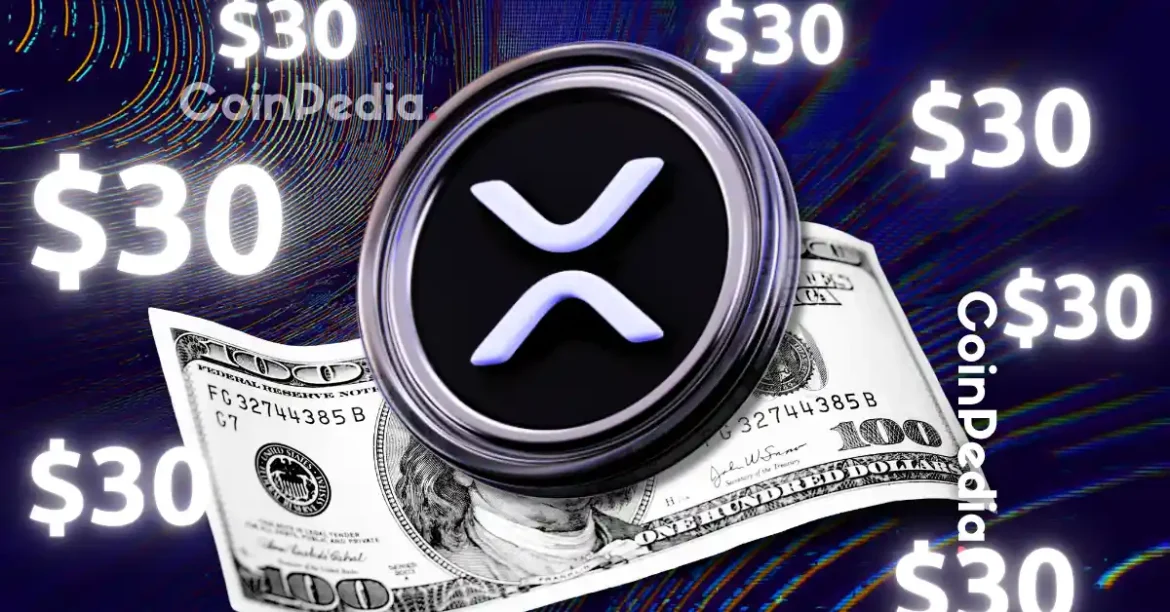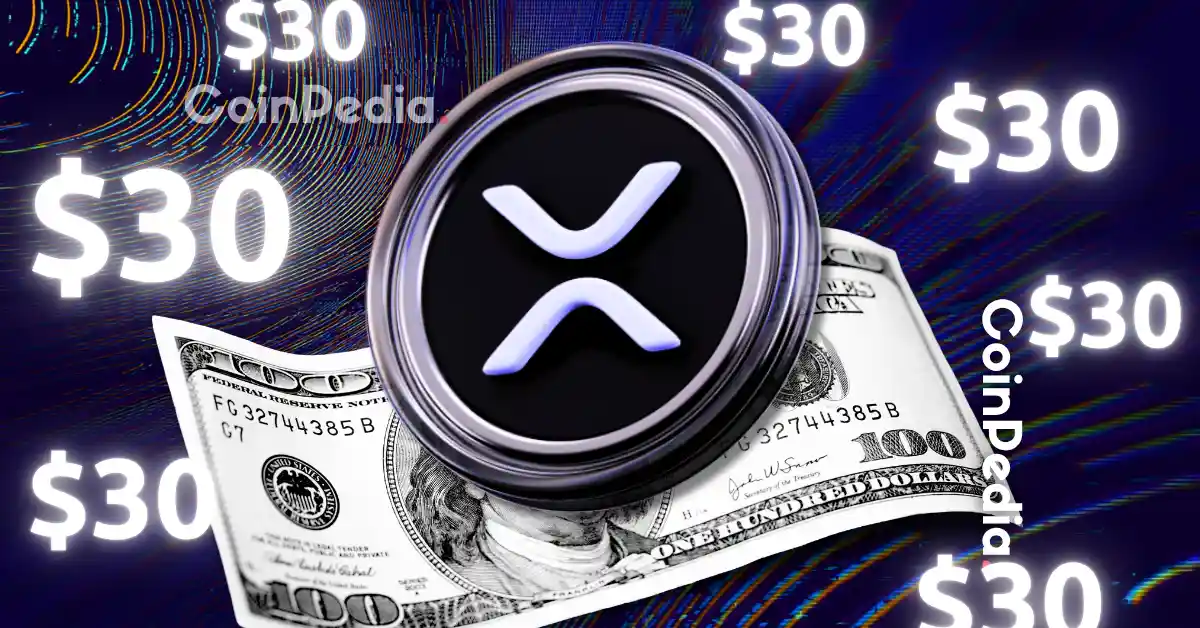Ripple’s RLUSD: A Complement or a Cannibal to XRP?
Ripple, a prominent player in the fintech and cryptocurrency space, has been making waves with its native token XRP and its underlying technology, the XRP Ledger (XRPL). Recently, Ripple launched its own stablecoin, RLUSD, adding another layer to its already complex ecosystem. This move has sparked significant debate within the crypto community, with many questioning the role of XRP in a future where RLUSD gains widespread adoption. Is RLUSD a complementary asset that enhances the utility of the XRPL, or does it pose a threat to XRP’s long-term viability? This report delves into the intricacies of Ripple’s dual-asset strategy, examining the potential impact of RLUSD on XRP and the broader Ripple ecosystem.
The Rise of Stablecoins and Ripple’s Strategic Move
The stablecoin market has seen exponential growth over the past few years, with assets like Tether (USDT) and Circle’s USDC dominating the space. These stablecoins provide a price-stable digital asset, typically pegged to a fiat currency like the US dollar, making them attractive for various use cases, including trading, remittances, and payments. Ripple’s entry into this market with RLUSD is a strategic move to capitalize on this trend while leveraging its existing infrastructure.
Ripple President Monica Long has emphasized that RLUSD is designed to complement XRP, not replace it. The stablecoin is intended to provide developers and payment utilities with a stable, reliable asset for cross-border transactions and other applications. This dual-asset strategy allows Ripple to cater to different market needs, offering stability with RLUSD and liquidity with XRP.
A significant development that could bolster RLUSD’s position is the potential for Ripple to secure a US banking license. This would allow Ripple to hold RLUSD reserves directly with the Federal Reserve, significantly enhancing the stablecoin’s security and credibility. Moreover, partnerships with institutions like Amina Bank further integrate RLUSD into traditional finance, potentially driving broader adoption.
XRP’s Role in the Ripple Ecosystem
XRP, the native token of the XRPL, has long been touted as a solution for fast and cost-effective cross-border payments. Its primary use case has been to act as a bridge currency, facilitating the transfer of value between different fiat currencies. However, XRP has faced regulatory challenges and has struggled to achieve mainstream adoption. The launch of RLUSD raises questions about whether it could overshadow XRP’s original purpose.
Some analysts argue that RLUSD could limit XRP’s role to transaction fees, potentially diminishing its broader utility. Others suggest that RLUSD increases the appeal of using Ripple’s solutions, making Ripple more attractive to US banks and potentially driving overall adoption of the XRPL. Ripple CTO David Schwartz has stated that XRP is the only asset that can be used to pay transaction fees on the XRPL, highlighting a specific utility that RLUSD cannot fulfill. This suggests that XRP will retain a fundamental role in the network’s operations.
The Potential for Synergy Between RLUSD and XRP
The critical question is whether RLUSD and XRP can coexist harmoniously within the Ripple ecosystem. Several factors point to a potential complementary relationship:
Different Use Cases
RLUSD is designed for stability and ease of use in payments and trading, while XRP is intended for facilitating cross-border liquidity and network governance. This differentiation allows both assets to serve distinct purposes within the ecosystem, catering to different market needs.
Ecosystem Expansion
RLUSD could attract new users and businesses to the XRPL, indirectly benefiting XRP by increasing overall network activity. As more entities adopt RLUSD for stable transactions, they may also engage with XRP for liquidity purposes, creating a symbiotic relationship between the two assets.
Institutional Adoption
RLUSD’s stability and regulatory compliance could make it more appealing to institutions, paving the way for broader adoption of Ripple’s technologies. This institutional interest could translate into increased demand for XRP, as institutions may use XRP for liquidity provision and cross-border settlements.
The Potential for Competition
However, potential competitive forces cannot be ignored:
Overlapping Functionality
Both XRP and RLUSD can be used for cross-border payments, potentially leading to a situation where RLUSD becomes the preferred choice due to its stability. If RLUSD gains significant traction, it could shift market sentiment away from XRP, impacting its price and perceived value.
Market Sentiment
The crypto market is highly sensitive to sentiment, and the launch of RLUSD could influence investor perceptions of XRP. If investors believe that RLUSD will dominate the Ripple ecosystem, they may reduce their holdings of XRP, leading to a decline in its price.
Regulatory Landscape
The regulatory treatment of stablecoins and cryptocurrencies could influence the relative attractiveness of RLUSD and XRP. If regulators impose stricter regulations on XRP, it could hinder its adoption, while RLUSD’s stable nature might make it more resilient to regulatory scrutiny.
The Price Impact: RLUSD Launch and XRP’s Market Performance
The launch of RLUSD has not yet triggered a significant rally in XRP’s price. However, some analysts believe that the real growth for XRP is still ahead, citing the potential for RLUSD to drive increased adoption of the XRPL. Trading volumes for XRP have seen increases, and Ripple has been actively expanding its ecosystem with initiatives focused on accelerating RLUSD adoption.
Whale movements, involving the transfer of billions of XRP tokens, also contribute to market dynamics. The overall impact on XRP’s price will depend on a complex interplay of factors, including market sentiment, regulatory developments, and the actual adoption rate of RLUSD.
Ripple’s Vision: XRPL as a Multifaceted Ecosystem
Ripple envisions the XRPL as a versatile platform supporting various assets and use cases. This vision involves seamless integration of blockchain technology with traditional finance, leveraging both RLUSD and XRP. Ripple’s acquisition strategy, including potential moves in the prime brokerage service sector, further supports this ambition.
The company’s focus on ecosystem expansion suggests that it sees value in both XRP and RLUSD, with each asset playing a distinct role in achieving its broader goals. The success of this strategy will depend on Ripple’s ability to navigate the complex regulatory landscape and foster collaboration within the crypto community.
Conclusion: A Balancing Act for Ripple
Ripple’s launch of RLUSD represents a strategic move to diversify its offerings and capitalize on the growing demand for stablecoins. While concerns about RLUSD cannibalizing XRP are valid, there is also significant potential for the two assets to complement each other and drive overall growth for the Ripple ecosystem.
The future of XRP and RLUSD hinges on Ripple’s ability to execute its vision of a multifaceted XRPL ecosystem. This requires careful management of the assets’ respective roles, proactive engagement with regulators, and a commitment to fostering innovation and adoption. Only time will tell if Ripple can successfully navigate this balancing act and solidify its position as a leading player in the evolving world of digital finance. For now, the crypto community will continue to watch closely, scrutinizing every move in this fascinating saga.





